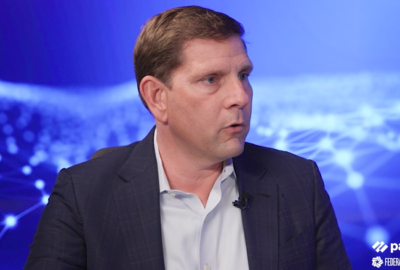Artificial intelligence automation opens up new avenues and pathways for creating value and for creating more meaningful opportunities to make significant change.
Michael Beckley
Founder and Chief Technology Officer, Appian
Robotic Process Automation (RPA)
Robotic process automation is an exciting new technique that we have incorporated into the Appian platform that allows us to even reach into those systems that have unclean, inconsistent data.
Michael Beckley
Founder and Chief Technology Officer, Appian
Robotic Workforce Management
What I'm saying is before you begin to automate, you should figure out how humans do the work and model that as its own human workflow and use workflow technology, process automation technology, to get the most out of your humans, and then supplement them with the right automated technique where appropriate.
Michael Beckley
Founder and Chief Technology Officer, Appian
The emphasis today on DevOps and iterative development puts pressure on federal leaders to get code up and running quickly. Automation has been suggested as a solution; however, we have seen the first generation of automation tools start to break.
This failure can be attributed to everything from software updates to compliance changes. There are limits to automation and situations where humans must be part of the process.
Michael Beckley, founder and chief technology officer at Appian, recently joined Federal News Network to discuss both the challenges and opportunities.
“It’s just necessary to have machine learning to check for variants and then an ability to put that into a human workflow where a supervisory person can validate that a change needs to be made and make it right at the time it’s needed,” said Beckley.
Every agency will have a unique grouping of data sets and systems requirements. Assuming one automated process will work for every situation will lead to chaos. Federal leaders must assume diverse workflows, apply the human ability to the robotic automation equation, and choose the appropriate tools for the specific application at hand.
Beckley suggested intelligent automation can automate tasks that are predetermined and do self-learning. Testing is a good example. It can be automated into the system to reduce mundane tasks instead of using expensive software developer time.
“Intelligent automation is using the right automation technology for the right problem,” he said.
In our world of mountains of data, Beckley said scaling must be considered.
“What you do is you model out how that work needs to be done at any scale and then automation techniques like robotic process automation can allow you to immediately add bots to process higher amounts of workload,” he said.
Listen to the full show:
Copyright
© 2024 Federal News Network. All rights reserved. This website is not intended for users located within the European Economic Area.








